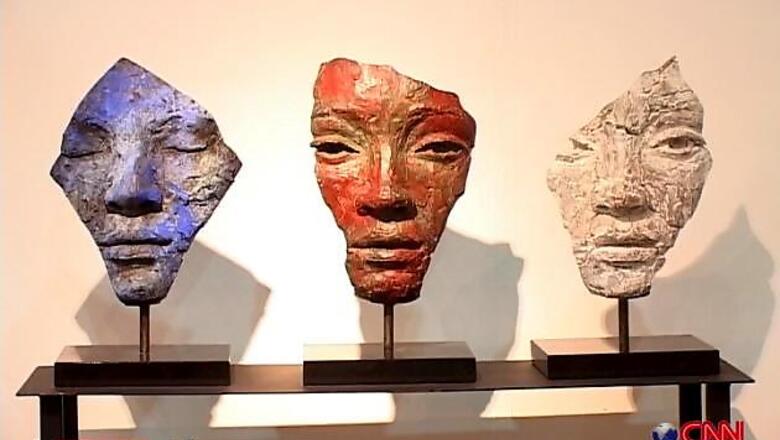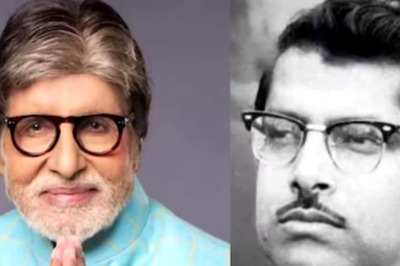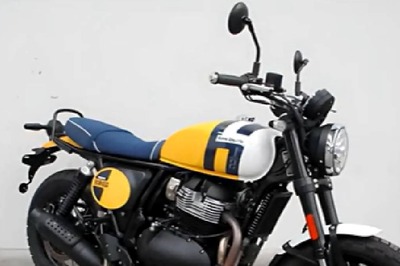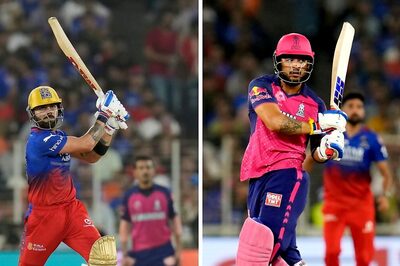
views
New Delhi: The trade space for quality young Indian art is opening up to find new buyers in the mainstream market through direct interface with collectors without transactions by galleries, indicates a trend thrown up by a three-day independent art fair in the capital. The United Art Fair, which showcased 2,700 works by 525 young artists from all over the country, saw the sale of 42 percent of the art on display to emerging buyers looking for affordable art in direct deals, a figure that trade watchers cited as good to start with. The art works were priced between Rs 15,000 and Rs 1.5 crore.
"There are many creative people who are coming out of art colleges every year across India. We met 3,850 artists in 15 cities and identified 1,850 artists to apply with their work profiles. Finally, we settled for 525 artists," United Art Fair curator Johnny M.L. told IANS. The fair at the Pragati Maidan late last month was divided into two segments - one for the new cutting-edge artists and the other devoted to the masters to present a chronology of the evolution of Indian art in continuity and to show off the return to the subjective contemporary expressionism from the early figurative drawings, semi-abstractions and the photo-realism of the last decade, Johnny M.L said.
A separate sculpture court presented a panoramic snapshot of the new semi-abstract and figurative movements in bronze, ceramic and mixed media solid art. A photography section exhibited art photographs touched up digitally in abstract compositions. The print-making section featured experimental mixed-media prints and etchings that new print-makers have been exploring to make prints market-friendly in a competitive art market steered by conventional canvas and solid art. The overall themes of the works on display were new ideas, bright colours and command over material.
"We had enquiries for 65 percent art on display though we sold 42 percent. Buyers usually do not want to pick up works by emerging artists because they do not have guaranteed assurance. But the absence of galleries allow buyers to deal with the artists directly - giving the artist some sort of guarantee in turn," Anurag Sharma, founder-director of the United Art Fair told IANS.
A similar fair, Art Trade Fair in the capital in 2008, made a brisk start with direct artist-to-buyer sales but had to be wound up because of poor sponsorship and reluctance on the part of collectors to buy art cheap. Picking up the cue, the United Art Fair had to scale up its price to live up a curious inverse price dynamics in the art market - the higher the tag the better is the quality, an organiser of the United Art Fair said. "But the prices were still within the budget collectors' reach," the official said.
Art fairs are usually driven by artists, not galleries, said the fair curator, explaining the way galleries shackle market responses to art with hype and manipulation in prices. "Galleries are represented by five or six artists who are promoted around the world. After the boom, it was difficult for artists to fetch the prices that the galleries inflated during the years of price bubbles," Johnny M.L. said.
The depreciation in prices led to frustration among younger artists, many of whom pulled out of the market. Johny M.L. said "the fair wanted the artists to take responsibility for their own art and propagate it". The process of buying art at a fair is relatively easy, Johnny M.L. said. "Art buying is a subjective matter. We have been trying to get the subjectivity back in buying and collecting. Galleries work from a chain of interest. Artists should be created on the basis of talent, but the boom brought in artists and their families, some of whom also began to sell their works along with that of the artist concerned," he added.
According to veteran print-maker Rajan Fulari, in charge of the print making section at the Garhi Artists Village in the capital, it was surprising that the United Art Fair managed to sell art without the presence of galleries - but saw in it a positive. "Each art work had a price tagged to it. The buyers negotiated with the artists and paid at the counter where their purchases were taxed. The transactions were smooth without the presence of galleries," Fulari, who curated the print-making section of the fair, told IANS.
For young artist Anil Kumar Goswami, an alumnus of Kala Bhavan in Shantiniketan, the fair was a great "place to judge an artist's market stock and quality of work" while photographer Amar Prakash pointed out that the art fraternity "more and more needed to flirt with the concept of a free fair". "Galleries are like the pimping business. Who defines art that you like: the buyer or the gallery?" Prakash asked. "The concept of an open air fair is good. It works," summed up Peter Nagi, the owner of Nature Morte Gallery.
















Comments
0 comment